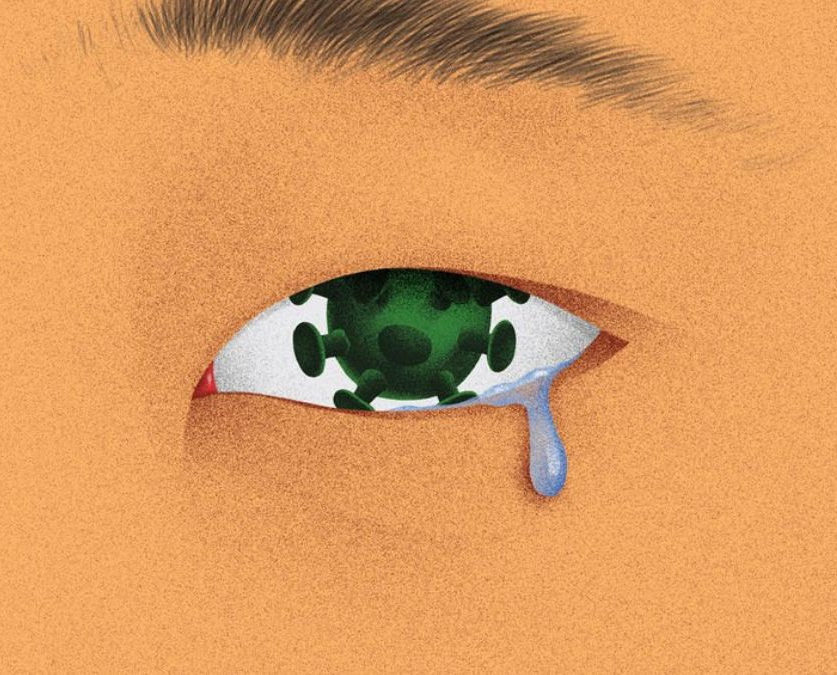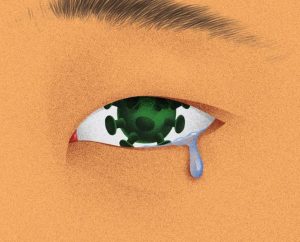
 “How can you see if your eyes are so small? How can you breathe if your nose is so flat?” I distinctly remember being on the playground at recess when I was in third grade and hearing a few older boys tease me with those taunts as they pulled the corners of their outer eyelids flat. I also remember a time in college when I went canoeing with a friend and having kids call out, “Ching chong chang…” while we passed them under a bridge. I can still feel the shame creeping up from my stomach and coloring my cheeks, and the burning desire to disappear in those moments.
“How can you see if your eyes are so small? How can you breathe if your nose is so flat?” I distinctly remember being on the playground at recess when I was in third grade and hearing a few older boys tease me with those taunts as they pulled the corners of their outer eyelids flat. I also remember a time in college when I went canoeing with a friend and having kids call out, “Ching chong chang…” while we passed them under a bridge. I can still feel the shame creeping up from my stomach and coloring my cheeks, and the burning desire to disappear in those moments.
As an adult, I am grateful that I have had fewer encounters with such overt negative bias and racism. Instead the bias has come in more subtler forms – jokes about being a Geisha girl or an Asian fetish, assumptions that I am good at math and science, being told that I speak good English. And yet, in a time when Asian Americans and Asian bodies are experiencing xenophobic, racist comments and attacks because of the false and dangerous characterization of Covid-19 as a “Chinese virus”, I can’t help but brace myself for being a possible target. (I also recognize and acknowledge that this is an everyday experience for so many people from various marginalized communities – people of color, indigenous people, LGBTQ, Muslim and Jewish, immigrant communities.)
Because this is how bias works. When we are triggered by fear, our brains enter into an “Us vs. Them” mode. We no longer see people as individuals but put them into a generalized group, often along racial or ethnic lines. To use the words of Shakil Choudhury in Deep Diversity: Overcoming Us vs.Them, we tilt towards those who are most like us and tilt away from those who we deem different. Additionally, we tend to have a stronger inclination for negative bias and tilting away from difference when we are afraid. And who, frankly, isn’t afraid right now?
So what does that mean from an Anti-Bias Education perspective:
First and foremost, here at AMAZEworks, we would like to make a statement that the labeling of Coronavirus / COVID-19 as the “Chinese virus”, as well as calling it “Kung Flu”, is xenophobic and racist in description. As Anti-Bias Educators, we ask that you join us in Noticing, Naming, and Rejecting this bias through your platforms in support of people of Asian descent. No one should have to carry the label of being a virus.
We also want to honor and acknowledge that this is one of many examples of bias incidents. As Anti-Bias Educators, we should model and continue to challenge this narrative. No one should be discriminated against based on their identity.
Secondly, let the tenets of Anti-Bias Education be your guide.
As we settle into a new norm of uncertainty, social distancing, and self-isolation, COVID-19 has provided us a window into seeing how our varying lived experiences are at stake at the moment in the existing societal structure. We shall continue our work in co-creating conditions of belonging for one another in places and spaces we are at.
Image source: The Pathogen of Prejudice, Published by the Economist; Image by Luca D’Urbino